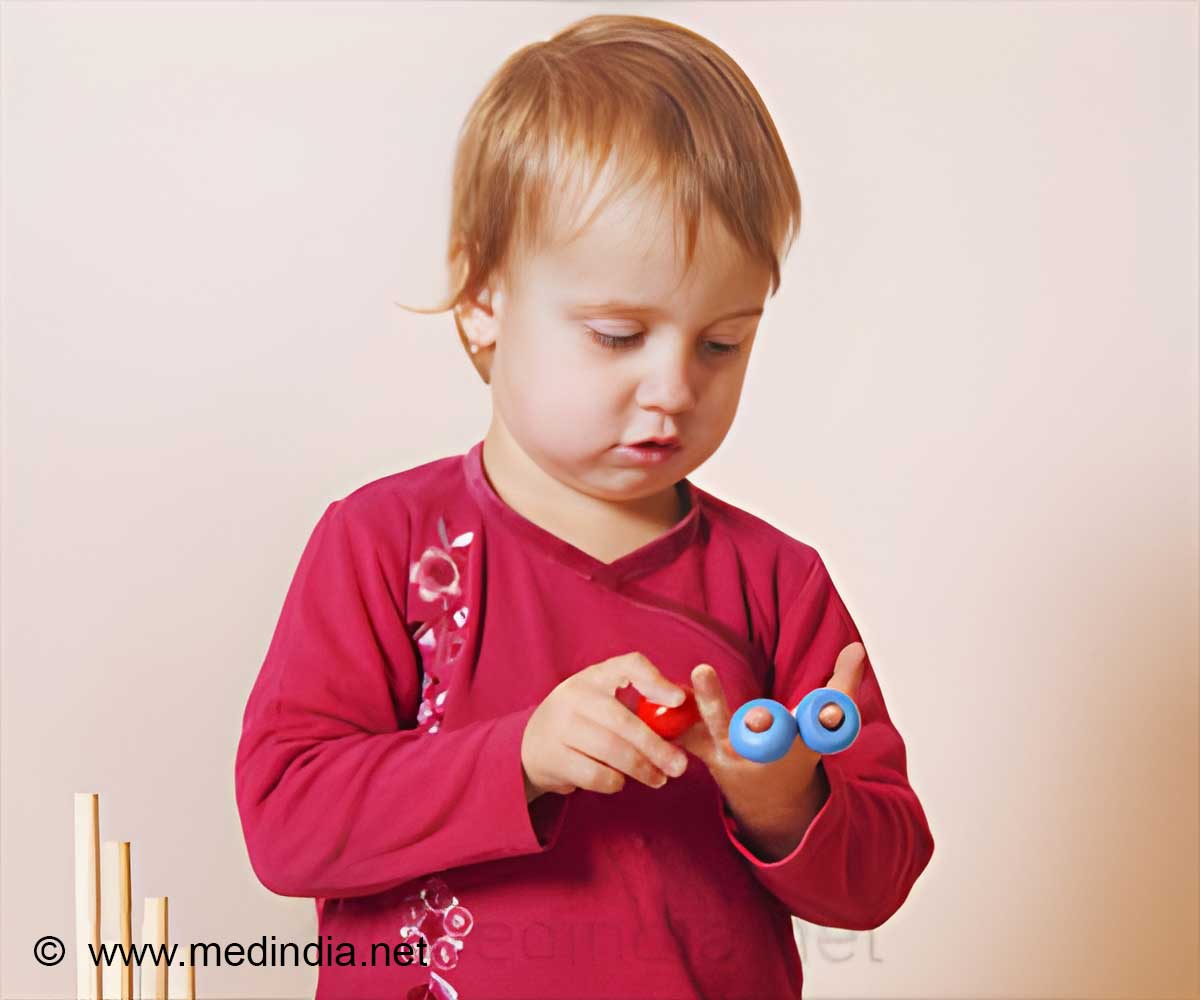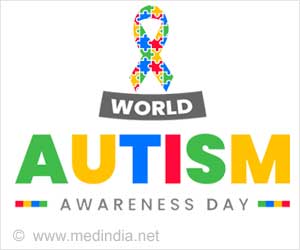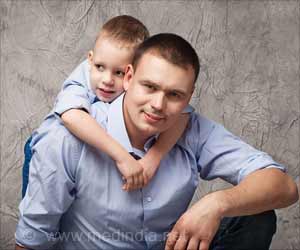A new study's findings pointed us to the discovery of unique differences in the visual systems of infants who later developed autism.

Brain Changes is Associated With the Severity of Autism Traits
This is the first research to observe that infants with older siblings who have autism and who themselves later develop autism as toddlers have specific biological differences in visual processing regions of the brain and that these brain characteristics precede the appearance of autistic symptoms. The presence of those visual processing differences is related to how pronounced the autism traits are in the older siblings.‘Brain changes in the size, white matter integrity, and functional connectivity of the visual processing systems of six-month-olds are evident well before they show symptoms of autism as toddlers.’





“We’re beginning to parse differences in infant brain development that might be related to genetic factors,” said Girault, who is also a member of the Carolina Institute of Developmental Disabilities (CIDD).Using Magnetic Resonance Imaging (MRI), they studied selected structures of the brain, the functional relationship between key brain regions, and the microstructure of white matter connections between those brain regions.
Behind Baby’s Eyes
When parents and babies bond, when they lock eyes and experience their world together day after day, it’s not just cute; it’s how babies learn to interpret subtle cues about their environment.It’s the way babies learn to relate a caregiver’s behaviors to their own. This visual rhythm through the first years of life is crucial to cognitive, emotional, and social development.
In babies who go on to develop autism, this research suggests that something goes awry in the brain’s visual system that impacts this visual interplay.
In recent years, research has shown that younger infant siblings were much more likely to develop autism if their older autistic siblings had higher levels of autistic traits. This current study takes our work a step forward.
Advertisement
Advertisement















